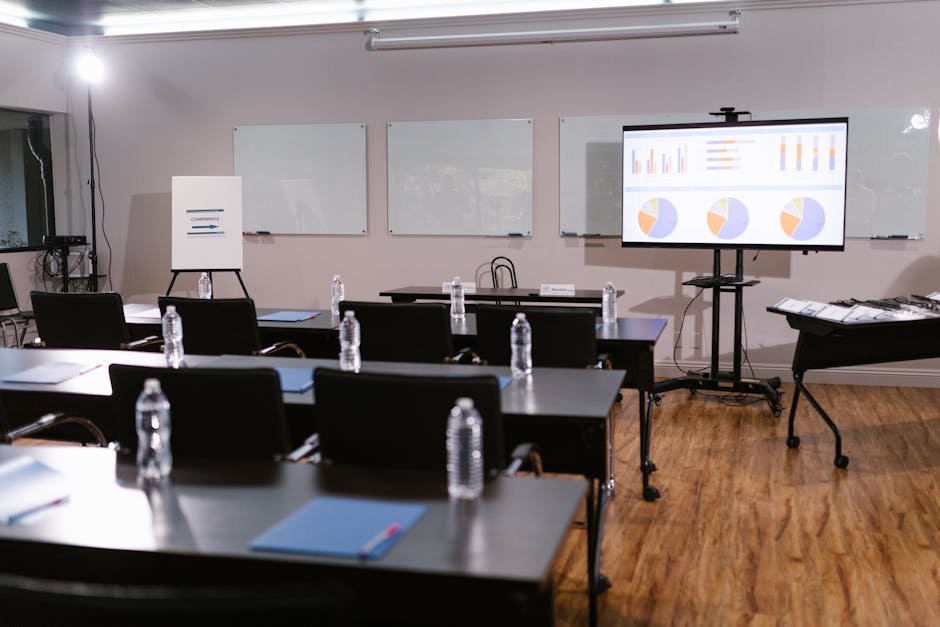Unlocking the Secrets of Workplace Occupancy: Metrics and Strategies for Optimizing Your Office Space
“In this blog post, we explore the importance of workplace occupancy and share four essential metrics to help you optimize your office space. From employee-to-desk ratio to visitor foot traffic, learn how to make data-driven decisions and create a thriving, cost-effective workplace for your hybrid workforce. ”

In today's dynamic business landscape, companies are navigating slimmer budgets, pushes for increased efficiency, and the need for a long-term hybrid office strategy. With the average office going unused 55% of the time, it's crucial for workplace leaders to understand and optimize workplace occupancy to maximize space utilization and provide a great employee experience.

What is Workplace Occupancy?
Workplace occupancy refers to the data that provides insight into how employees use their office space. It encompasses metrics such as the square footage of the space, the number of employees in the office every week, and the number of visitors who enter the space every week. This information helps workplace teams understand the occupancy rate, which is calculated by dividing the total number of employees in the workplace at any given time by the total capacity.
Why is Workplace Occupancy Important?
Tracking workplace occupancy is crucial for several reasons:
- Resource Planning: Understanding occupancy rates helps companies estimate the resources they need, such as desks, meeting rooms, and amenities.
- Cost Optimization: Identifying underutilized spaces can help businesses save money on unused resources. According to Regus research, one unused desk can cost a company around $27,000 a year.
- Employee Experience: Ensuring that the workplace is neither overcrowded nor underutilized is essential for creating a productive and comfortable environment for employees.
4 Metrics to Measure Workplace Occupancy
To make the most of your office space, consider tracking these four key metrics:
1. Employee-to-Desk Ratio
With the widespread adoption of hot desking, calculating the ideal employee-to-desk ratio has become more complex. For a hybrid workforce, aim for a ratio closer to 1.5:1 or 2:1, depending on your company's policy and the frequency with which employees come into the office.

2. Space Utilization
Space utilization is the static measurement of the size of your space and how and when it is used. To calculate space utilization, consider factors such as total space capacity, the maximum capacity of meeting rooms, and the number of individuals using a specific area at a certain time. A utilization rate between 40-60% is generally considered optimal.
3. Meeting Room Utilization
Meeting room usage is another important metric for space optimization. Analyze which meeting rooms are most frequently booked, how many attendees are physically present, and the types of meetings held (scheduled or ad hoc). Aim for a 40-60% utilization rate to ensure that meeting spaces are being used efficiently.

4. Visitor Foot Traffic
Don't forget to track visitor foot traffic to ensure that you have the capacity and resources to accommodate additional people on-site. Use your visitor management system to identify trends in visitor data, such as specific days with higher traffic or recurring events like candidate interviews or board meetings.
Conclusion
By tracking these four key metrics, you can paint a complete picture of space utilization across all of your workplaces. This data-driven approach will help you make informed decisions about how to best optimize your space, save costs, and create the best possible experience for your employees.
To learn more about making smart decisions for your workplace, read our "Ultimate guide to proactive space management."
